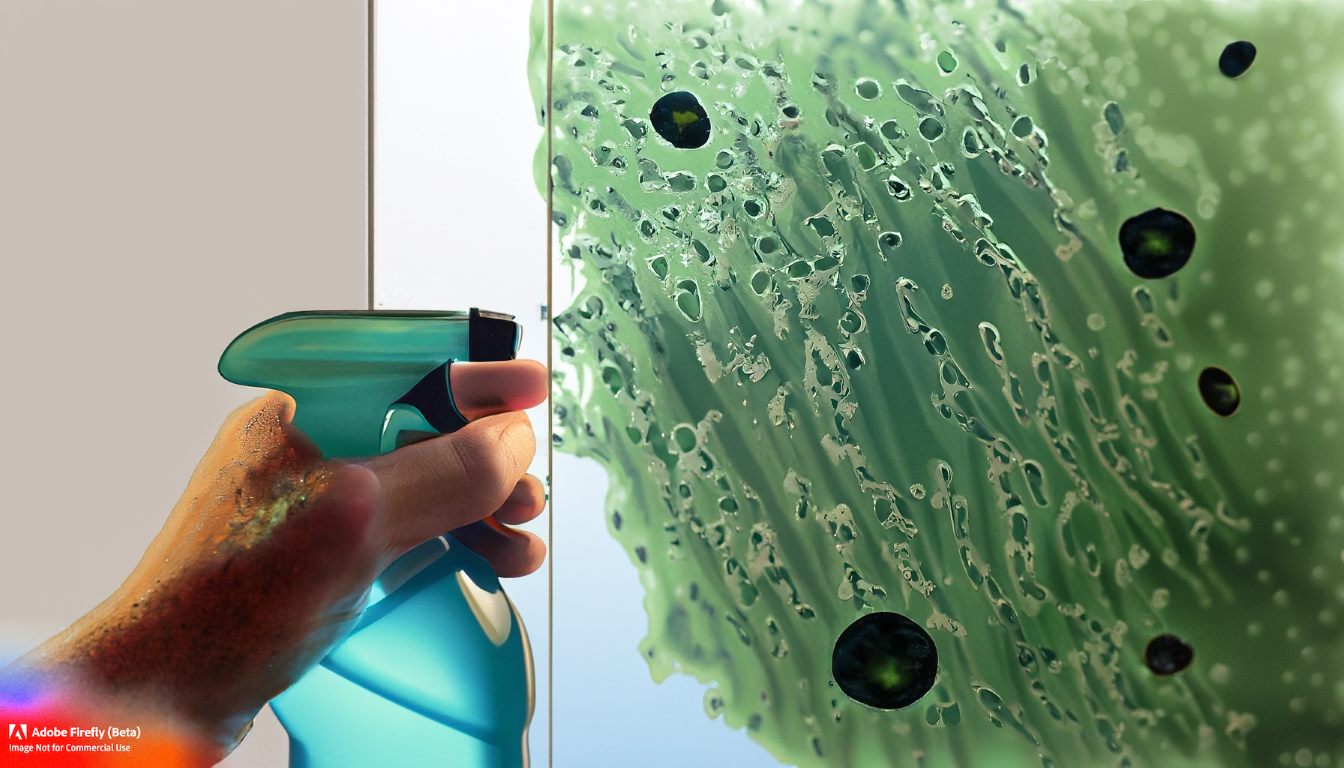
Algae, algae, algae…how do you feel about them? Tell me below.
If you’re like me, they can be frustrating and quite a soar to the eye. Apart from turning your beautiful aquarium into an ugly and dirty one, it obstructs the view of the aquarium when stuck on the glass.
It is very disappointing as one of the motivations of fish keeping is getting to see the fish.
I assume that you’re fed up. Beyond fed up! You’re looking for effective ways of cleaning your fish tank glass.
Sweat, no more, I got you covered.
Let’s clean your glass.
How people clean their glass screens is primarily determined by convenience.
Some people prefer not getting their hands wet, while others are ready to get down and dirty.
It doesn’t matter which way you go, as long as your goal is achieved. Below are some tools that fishkeepers use to deal with algae:
Sponge
It is the most common method of cleaning fish tank glasses.
They are very economical and easy to use. It is just a matter of picking one up and scrubbing your glass.
Your hands might get wet, but it is as easy as that!
Well, not so fast. The downside of using sponges is, especially with beginner aquarists, overlooking safety measures.
If you are a keen person, you might have noticed a NOT FOR AQUARIUM USE disclaimer. It comes with good reason, and you shouldn’t ignore it why you ask.
The sponge probably has antimicrobial or antibacterial additives, which are the perfect food for bacteria. The additives might be harmful to the ecosystem you have worked so hard to establish in your aquarium.
Furthermore, some sponges contain soap. Every fish keeper knows soap and aquariums do not mix.
Some sponges can scratch your tank glass or acrylic. It is upon you to be very careful of what type of sponge you use. For the safety of your fish and Aquarium!
Algae Magnets
For those who don’t fancy getting their hands or their sleeves wet, this will undoubtedly help you.
Having an outer and inner brush magnet means you can simultaneously clean your glass’s external and internal sides. You can also leave it on your glass and pick up where you left off some time later.
They are not as effective as other cleaners, especially when some algae decide to be stubborn.
The most effective way of using algae magnets is cleaning your glass daily at your convenience. You are going to be hitting them while still growing; when they are easy to clean. You will maintain the HD screen of glass you want and reduce the number of times you dive in to deal with stubborn algae.
As usual, you must take some cautionary measures. The algae magnets you use must be compatible with your aquarium.
Use soft cleaning magnets with acrylic tanks to prevent scratching. Glass fish tanks have custom-made magnets with more rigid scrubbing materials.
Another thing to consider is the thickness of your fish tank surface or screen. The thicker the glass, the stronger the magnet must be.
Take your time while choosing algae magnets. They come in various sizes and custom features. Consider what you want; then go for it!
Stick algae scrapers
For lack of a better distinguishing name, stick algae scrapers are one the most effective cleaners out there. Developments in the manufacturing sector have ensured that most of them come with multi-purpose features.
All you need to do is scrub. I prefer to keep this for exceptional cases when stubborn algae refuse to come off. Your sleeves and arms might get wet while cleaning, but the results are worth it!
Razors
Razor blades are very effective in cleaning algae off glass tanks. The keyword being glass.
I have got a couple of people to moan about scratches on their acrylic fish tanks after using razor blades. They learned their lesson the hard way. It is common for aquarists to substitute razor blades with credit cards to scratch acrylic surfaces. I recommend using acrylic safe pads to be safe. It is better to be safe than sorry.
The best way to use the razor blade is by scrubbing the glass once, from top to bottom. It reduces the scratching of the glass. Position the razor blade in a way that limits your chances of getting injured. Bacteria in the aquarium will have a field day while causing you infections.
The limitations of using razors force you to be careful. The moment it starts rusting, you should throw it away and buy a new one. One more tip, while scraping, ensure to avoid the silicon that binds your fish tank.
Algae eating fish
If you dont want the hustle and bustle of cleaning that tank glass daily, try introducing algae-eating fish into the ecosystem. This is the most passive way you can employ. There is a whole fish world of algae eaters; you have to pick one and forget about it.
Maybe not picking randomly…you have to do your homework, or this shortcut will not be so sweet anymore.
An aquarium is an established ecosystem. Take something out and putting in something will affect the balance of this system.
How many more fish can your aquarium support? What size or growth size should you account for? Tankmates (will they be preyed on)?
These are some of the questions you should jog your mind with while looking for your perfect algae eater.
It is important to note that it is normal to have more than one type of algae eater. Some will clean off your glass, while others take on the nooks and crannies of rocks. Combining different powers is vital if you want a balanced algae cleaning system.
A snail is not a fish, but it is high on the hierarchy of algae eaters. Most people don’t like them because they breed quickly. You will have to monitor them regularly. However, this is a small to pay for what they can do for you.
Final Thoughts
As you can see from the list above, there are many ways to clean algae off a fish tank. The most important thing is ensuring that you go easy on the glass or acrylic and don’t scrub too hard with any abrasive materials. If something doesn’t work for your tank right away, be patient!
There’s another way that will surely do the trick for you.

Jesse is the principal author of this blog. He is an avid fishkeeper with rich experience spanning several years. He is here to share his knowledge and ensure you also have a guiding compass, as he did with his father.